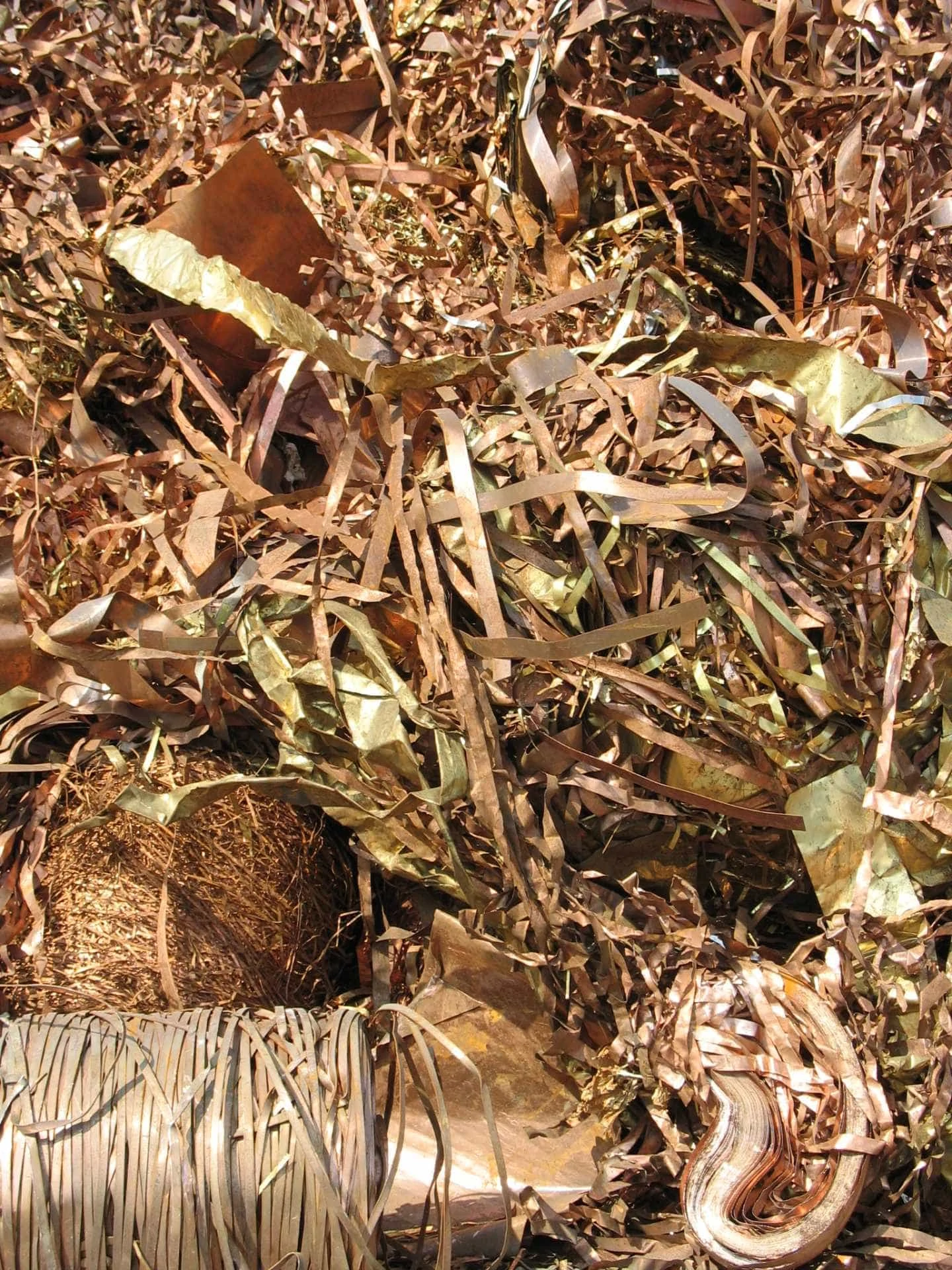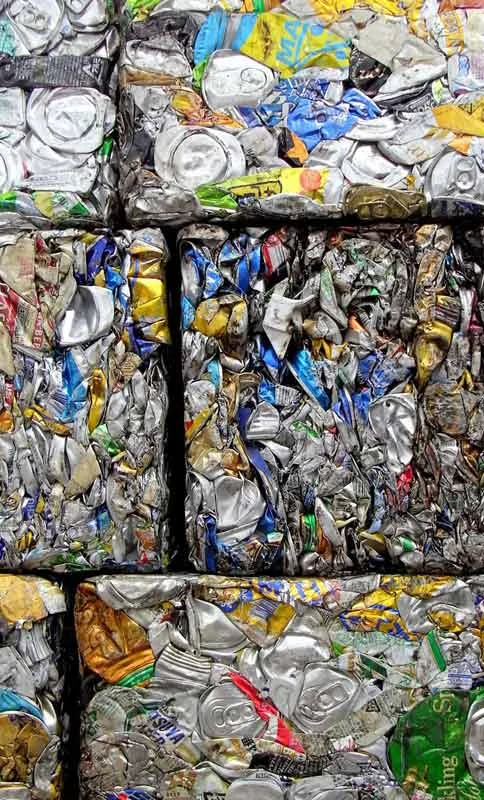Non-Ferrous Metals
Locations
We accept non-ferrous metal waste at our 5 sites nationwide. Select our nearest location:
Price list
You can find current non-ferrous metal purchase prices here. We are constantly adjusting the price list to world market prices.
Purchase of non-ferrous metals and aluminum at Inter-Metal Recycling Kft
Purchasing process
Non-ferrous scrap metals are prepared, principally stainless steel and other nickel-bearing metals, copper and aluminum, for resale by sorting, shearing, cutting, chopping or baling. The sorting operations separate non-ferrous scrap by using manual classification.
Non-ferrous metals processes
In addition, many non-ferrous metals are sorted and identified by using grinders, hand torches, eddy current separation systems and spectrometers.
Dirt deductions, quality
It sorts non-ferrous scrap for further processing according to type, grade, size and chemical composition. Throughout the sorting process, it determines whether the material requires further processing before being sold.

The Company processes aluminum, stainless steel and other nickel-bearing metals based on the size of the recycled metal and customer specifications. Large pieces of aluminum or stainless steel are cut using stationary alligator shears and are baled along with small aluminum or stainless steel stampings to produce large bales of aluminum or stainless steel. Smaller pieces of aluminum and stainless steel are repackaged to meet customer specifications.





Copper scrap may be processed in several ways. In addition to wire chopping, it processes copper scrap by successive granulation and final selection by air-tables and electrostatic separator.
Other non-ferrous metals are processed using similar cutting, baling and repacking techniques as used to process aluminum. Other significant non-ferrous metals it processes include titanium, brass and high-temperature alloys. Processed non-ferrous scrap is sold to end-users, such as specialty steel makers, foundries, aluminum sheet and ingot manufacturers, copper refineries and smelters, and brass and bronze ingot manufacturers. Prices for the majority of non-ferrous scrap metals change based upon publication of spot and futures prices on the London Metals Exchange.


Non-ferrous metal recycling
Recycling metals from waste significantly reduces costs compared to the classic production process.
Non-ferrous scrap is purchased from three primary sources, manufacturers and other non-ferrous scrap sources who generate or sell aluminum, copper, stainless steel and other nickel-bearing metals, brass, high-temperature alloys and other metals, producers of electricity, telecommunication service providers, defense and recycling companies that generate obsolete scrap consisting primarily of copper wire, titanium and high-temperature alloys and used aluminum beverage cans, and peddlers who deliver directly to the Company’s facilities, material which they collect from a variety of sources. It also collects non-ferrous scrap from sources other than those that are delivered directly to its processing facilities by placing retrieval boxes near these sources. The boxes are subsequently transported to the processing facilities.
If you have any question do not hesitate to contact to Zoltán Hartai.
Aluminum waste
Aluminum is the most valuable waste material, which is an effective incentive for recycling. About two-thirds of the approximately 100 billion beverage cans produced annually in the United States are returned for recycling. The same is true for 85 to 90 percent of the aluminum in cars. Recycling can save 95% of the energy needed to produce fresh aluminum from ore and reduce the amount of hazardous solid waste (red mud) to be disposed of.
